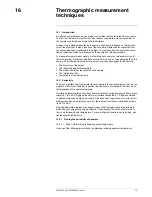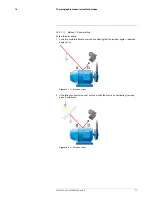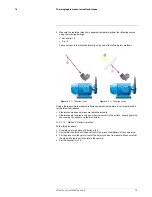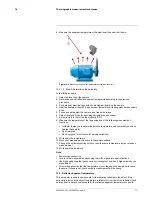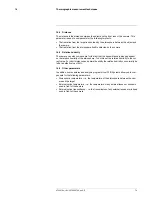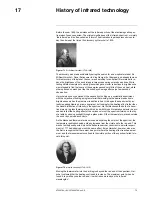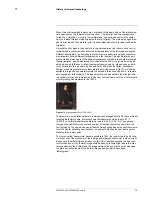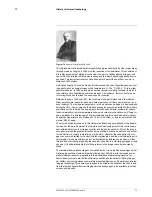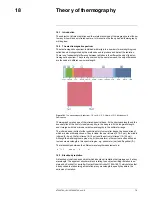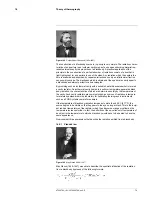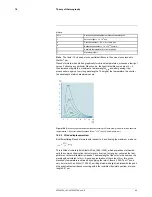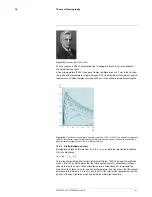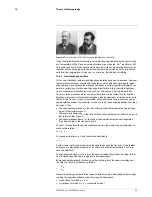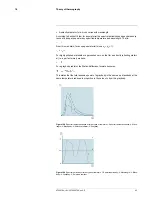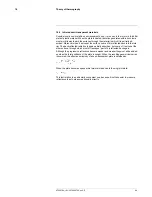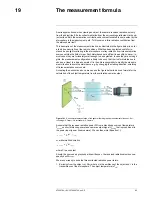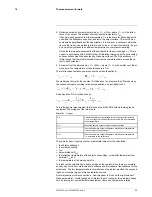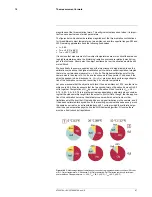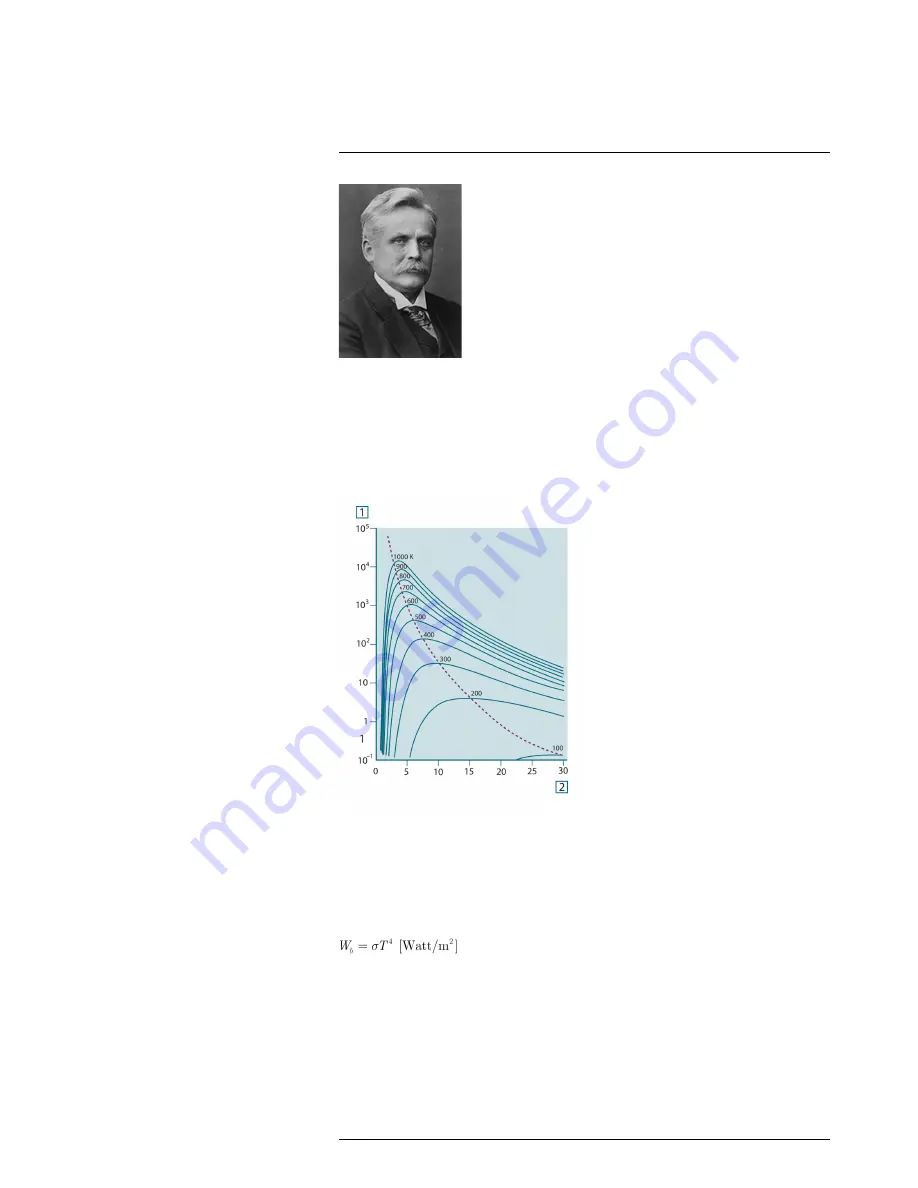
Theory of thermography
18
Figure 18.5
Wilhelm Wien (1864–1928)
The sun (approx. 6 000 K) emits yellow light, peaking at about 0.5 μm in the middle of
the visible light spectrum.
At room temperature (300 K) the peak of radiant emittance lies at 9.7 μm, in the far infra-
red, while at the temperature of liquid nitrogen (77 K) the maximum of the almost insignif-
icant amount of radiant emittance occurs at 38 μm, in the extreme infrared wavelengths.
Figure 18.6
Planckian curves plotted on semi-log scales from 100 K to 1000 K. The dotted line represents
the locus of maximum radiant emittance at each temperature as described by Wien's displacement law. 1:
Spectral radiant emittance (W/cm
2
(μm)); 2: Wavelength (μm).
18.3.3
Stefan-Boltzmann's law
By integrating Planck’s formula from λ = 0 to λ = ∞, we obtain the total radiant emittance
(W
b
) of a blackbody:
This is the Stefan-Boltzmann formula (after
Josef Stefan
, 1835–1893, and
Ludwig Boltz-
mann
, 1844–1906), which states that the total emissive power of a blackbody is propor-
tional to the fourth power of its absolute temperature. Graphically, W
b
represents the
area below the Planck curve for a particular temperature. It can be shown that the radiant
emittance in the interval λ = 0 to λ
max
is only 25% of the total, which represents about the
amount of the sun’s radiation which lies inside the visible light spectrum.
#T559794; r. AJ/35709/35709; en-US
81
Summary of Contents for A300f
Page 1: ...User s manual FLIR A3xx f series...
Page 2: ......
Page 3: ...User s manual FLIR A3xx f series T559794 r AJ 35709 35709 en US iii...
Page 4: ......
Page 56: ...Mechanical drawings 10 T559794 r AJ 35709 35709 en US 50...
Page 66: ...CE Declaration of conformity 11 T559794 r AJ 35709 35709 en US 60...
Page 67: ......
Page 107: ......




